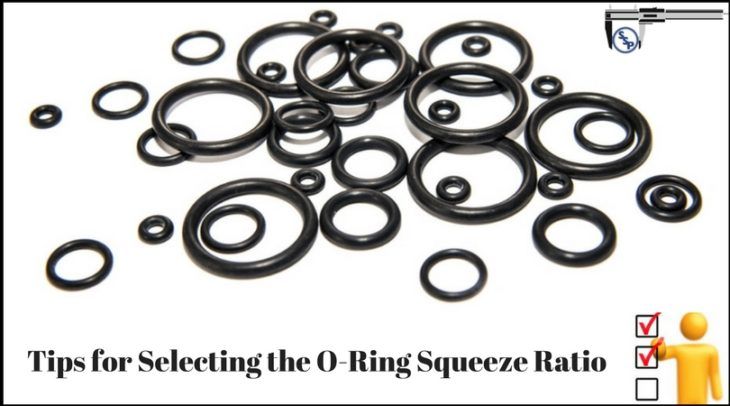 sales:
gm@sspseals.com
Toll Free: +1-888-238-SEAL Request A Quote
sales:
gm@sspseals.com
Toll Free: +1-888-238-SEAL Request A Quote
O-rings are the type of seals used in various process industries to prevent the leakage of gases or liquids. There are various factors that equipment designers need to consider while installing the O-ring seals. Squeeze ratio is one such factor that demands utmost importance when working with O-ring seals. What is the squeeze ratio? Why does it matter? Read this post to know more.
An Introduction to the Squeeze Ratio
The squeeze is a ratio of the applied deformation on the seal. It is the percentage of the cross-sectional thickness of the seal in the free state. In short, the squeeze is a measure of the deformation undergone by the seal when it touches the mating hardware. The O-rings are the type of seals that have a certain elasticity. This elasticity resulting from the hardware and seal contact helps block the flow of gases, liquids, or other fluids.
The higher squeeze will result in higher forces against the hardware. This, in turn, leads to a tighter sealing. However, it is not necessary that the designers always specify the greater squeeze to ensure a proper sealing. There are several other factors that they need to consider for a greater squeeze.

Factors to Consider While Deciding the Right O-Ring Squeeze Ratio
The following are the factors that will aid in the deciding the right squeeze ratio:
O-rings mostly undergo damage due to pinching. What is it? Several times it is seen that pathways are created around the O-ring, if the squeeze is higher. Sealed fluid or gases may escape through these pathways. The pinching can be a side effect of friction, and it will affect the effectiveness of the sealing.
In addition to the above-mentioned factors, the designers also need to consider other factors such as pressure and temperature of the sealed materials before applying the squeeze. The correct squeeze ratio will help ensure effective O-ring sealing, as well as its long service life. If you are unable to make a decision on the correct squeeze ratio, it is always better to approach an industry expert. SSP Manufacturing, Inc. has helped several of its clients maximize the ROI on O-ring seals with its extensive knowledge of ideal O-ring squeeze ratios.
Jul 22, 2025
Sustainability in Rubber Manufacturing: Is Nitrile Rubber Eco-Friendly?May 09, 2025
Innovative Sealing Solutions for High-Pressure Environments in Oil and Gas ApplicationsMar 28, 2025
PTFE vs. Rubber Seals: Key Differences and BenefitsFeb 26, 2025
How Seals and Gaskets Safeguard Food and Beverage Products?Feb 05, 2025